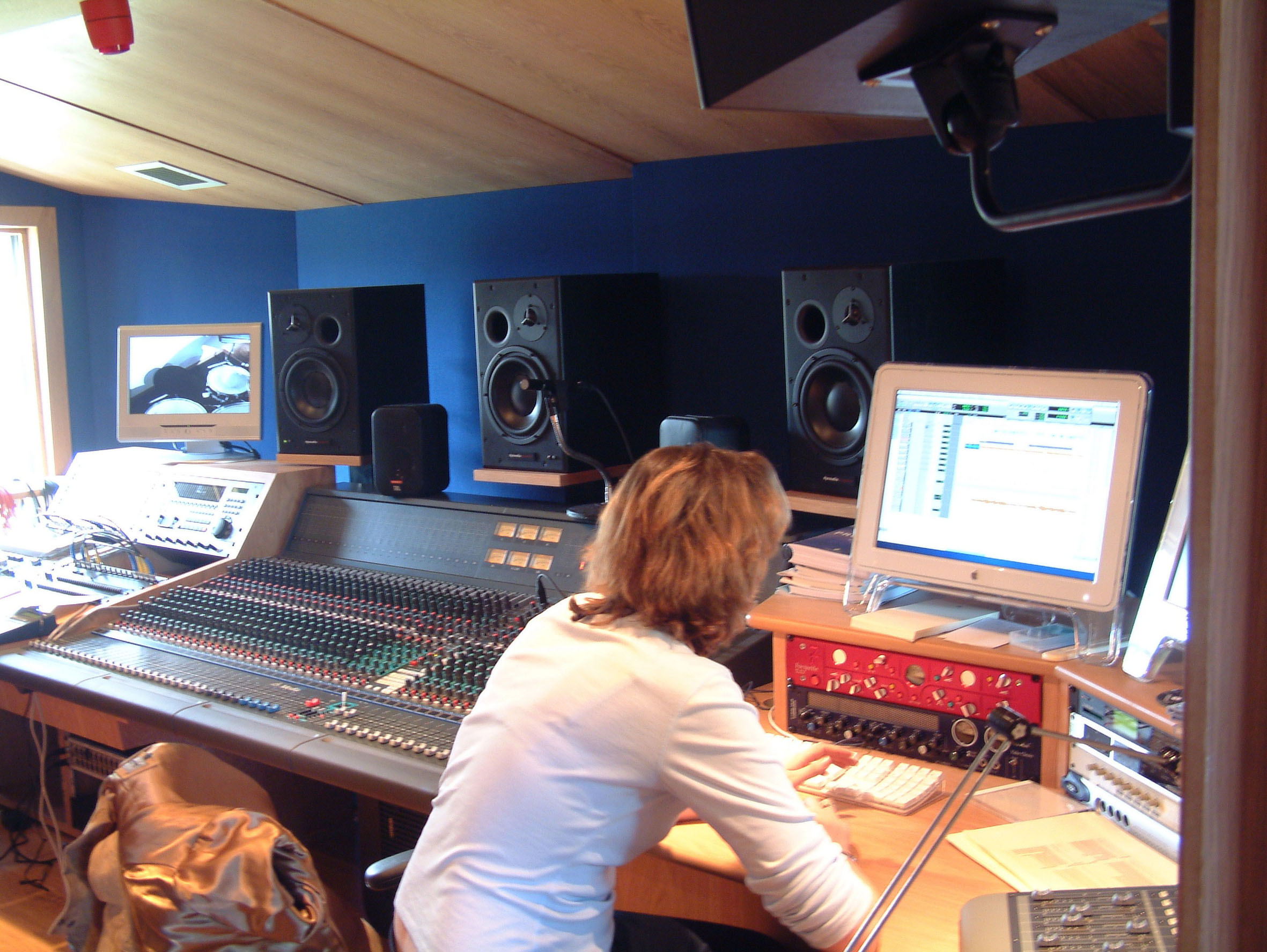 February 12, 2014
February 12, 2014 Exclusive Tips for Recording Best Music at Studio
Recording is an expensive as well as tiring process as this process involves capturing data or translating the information in a particular recording format and storing it on some sort of storage medium. This is often termed as record or recording in case if any auditory medium is recording. As this process involves various stages, it becomes quite lengthy and exaggerated process. So it is better to make good use of time by maximizing the output and minimizing the stress and expenses. Presenting below some of the exclusive tips that can make your recording experience unforgettable and memorable:

There are four main stages while recording music namely preparation, set up, recording and mix up. Most of the singers recording at recording studios follow these steps for getting good result. Now let us look at these points in detail:
-
Preparation:
-
Before coming to the studio, make sure all songs have been written and all the parts have being figured out as well as assigned to the respective persons. Do not waste studio money and time on the things which you can easily do at your home or at rehearsal space.
-
If you are going to sequence tracks or use of beats, get them ready on a CD or hard drive before coming to studio. Also practice the songs before as it make your recording smoother and will end up with a better result.
-
Arrive at the studio after taking good rest and be clear headed as recording is mentally and physically demanding process. also change the guitar strings as well as drum heads the day before coming into the studio and bring extra sets of everything.
-
-
Set up:
-
Drummer should arrive almost 2 hours before the scheduled time of recording so as to allow proper setup as well as undivided one on one between the drummer as well as an engineer. After this process, the rest of the band will setup and sound check one by one in an order set by the engineer and producer.
-
Put all the unnecessary items that are not needed for the session either at the back of the car or at some other place in the studio itself. Keep floor space uncluttered as possible to get a comfortable space between the band members.
-
-
Recording:
-
Stay relaxed and play naturally your song and mentally block out all the microphones as well as gears surrounding you.
-
Focus on your work and try to avoid unnecessary phone calls and don’t invite guests too at your recording sessions. These may distract you from on-going session.
-
Record max to max 5 retakes of your song and finalize the song. If you are not successful with these songs, move to the next one and try working on it.
-
Listen to your song carefully and judge your performance with that. Don’t assume that you can fix the things in the mix and consult with engineer and producer before recording song with effects.
-
-
Mix up:
-
Mix the music with songs in moderate volume and bring your cds which you like to refer for in sound references.
-
Take small breaks between recording the songs and go outside the room where you feel comfortable and relax over there.
-
Keep unwanted noise at minimum level and listen attentively what is coming out of the monitors. Do not distract the engineers and producers when they sit to decide the final song.
-
Author’s Bio: Ryan Holman is a professional sound engineer with experience in live and recording studios in Massachusetts. He has more than 5 years of experience as an instrumentalist, vocalist and composer.






Reader Comments (1)
Very good post! the tips are quiet impressive and i really learn lots of things from it.